Headlights are one of those features that are easy to notice on passing cars, but don’t get any attention in the home garage. The lights are turned on before leaving one parking lot and turned off after arriving at the next. In fact, many people don’t look at their car headlight bulbs at all until they’ve burned out. If you’re in the market to replace or upgrade your lights, you may be wondering about the types of car headlight bulbs.
Types of Car Headlight Bulbs
Car headlight bulbs come in a variety of colors and brightness levels. Before you start shopping, familiarize yourself with the three main types of car headlight bulbs.
Halogen
Most standard vehicles come equipped with a set of halogen lights.
Pros:
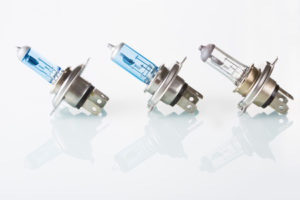 Bulbs tend to be white to off-white in color
Bulbs tend to be white to off-white in color- Inexpensive and readily available at most auto parts stores
- They have a long lifespan
Cons:
- Halogen bulbs generate excessive amounts of heat and are less efficient than other types of bulbs
- They are delicate and can easily break during removal and replacement
- Reactive surface makes installation tricky
LED
LED headlights are the newest arrival to the scene, and generally require a conversion kit if you are installing them yourself.
Pros:
- Bright, white to white-blue light
- Requires very low power to function
- Have an extremely long lifespan
Cons:
- Expensive to install
- Produces more heat than halogen lights, which means that they need a cooling source; otherwise they could cause issues for the surrounding engine temperatures
Xenon, also known as High-Intensity Discharge (HID)
Xenon bulbs appeared on the market in the early 90’s. They are sealed systems that produce extremely bright light and have a considerable range.
Pros:
- Long lifespan – longer than halogen bulbs
- Uses minimal amount of energy
- Produces less heat than LED or halogen bulbs
- Great visibility
Cons
- Expensive to replace
- If installed improperly, can cause glare for oncoming traffic
- Takes time to warm up to full brightness
Reasons to Upgrade Car Headlight Bulbs
Many people are happy with the headlight bulbs that their vehicle came with at the time of purchase. They’ll buy direct replacements and not worry about upgrading to a different type of car headlight bulb. This is completely OK – you’re never under obligation to upgrade your headlight bulbs!
However, if you’re on the fence about whether or not to make a shift, here are 3 reasons to consider upgrading.
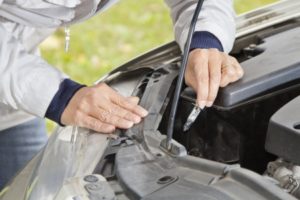 Increased visibility and safety: Xenon and LED bulbs are much brighter and usually have a longer range than halogen bulbs. This means that you’re more likely to see road hazards and still have enough time to avoid them.
Increased visibility and safety: Xenon and LED bulbs are much brighter and usually have a longer range than halogen bulbs. This means that you’re more likely to see road hazards and still have enough time to avoid them.- Improved lifespan: Xenon and LED lights have a longer lifespan than halogen bulbs. This means that although the upfront cost is greater, you may actually wind up spending less over the life of the vehicle.
- Appearance: While appearances aren’t everything, they do count for something! Xenon and LED lights tend to be blue-white in color, which looks sleek and eye catching.
In the end, it’s a personal decision as to whether or not you decide to upgrade your lightbulb to a different type or simply purchase brighter bulbs. In either case, it’s generally recommended that if one headlight burns out, replacing both as a set can help prevent you from getting caught out with a second burned out light a few days or weeks later.
Cleaning Car Headlights
Aging bulbs aren’t the only reason to pay some special attention to your headlights. Over time, you may notice that your headlight housings aren’t as clear as they used to be. They may look off-colored or yellow in some cases. If this sounds familiar, it may be time to clean your headlights!
Restoring your car headlights is an easy afternoon project, and you’ll see instant results. Check out our guide on How to Clean Headlights here»




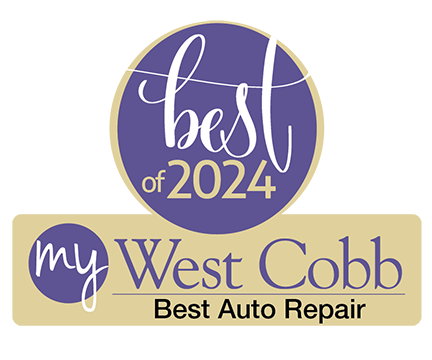


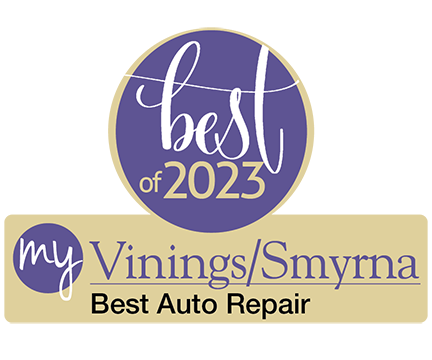
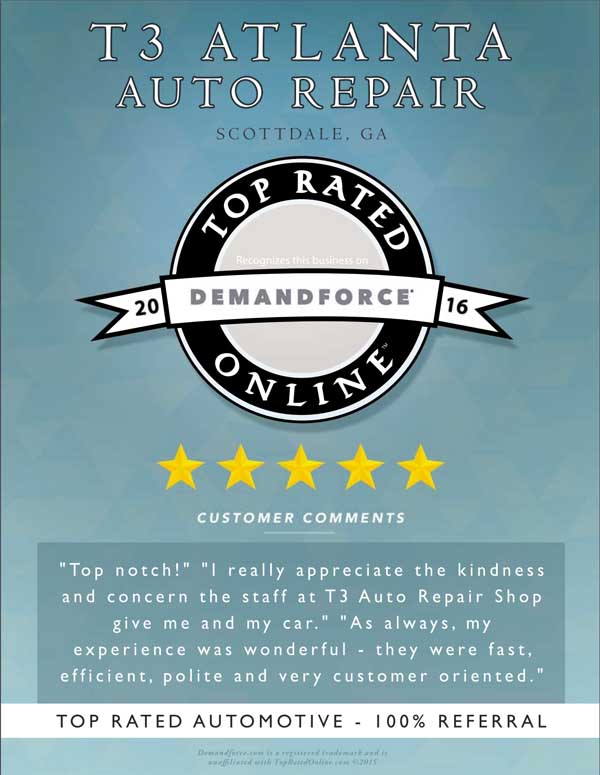

Leave a Reply
You must be logged in to post a comment.